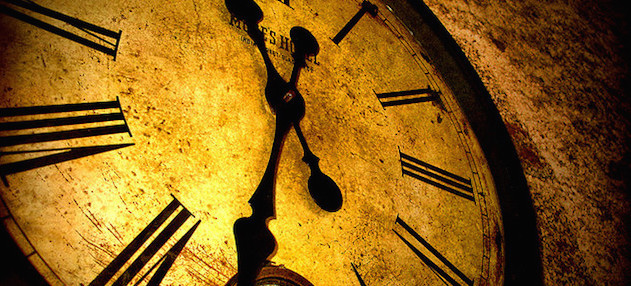Russia, Roubles and Rate Rises

Rouble falls, rates rise, and Russia’s economy is imploding.
While we ponder treasurer Joe Hockey’s mid-year financial statement and the prospect of a $100 billion budget deficit, Russia has an even more worrying problem on its hands. So far this year the rouble has lost 50 per cent of its value, and on Tuesday (16 December AEST) Russia’s central bank moved interest rates to 17 per cent.
It was only five days since the last rate rise. When the authorities act like this, in the dead of night, after the worst currency fall for 16 years, you may suspect that a degree of panic is setting in.
The reason is not just global sanctions, imposed after Russia’s on-the-ground support for rebels in eastern Ukraine that led to the downing of flight MH17 and the death of 28 Australians.
The real problem for the Kremlin is caused by plunging oil prices. The Russian central bank has warned that the country’s GDP could fall by 4.5 per cent or more next year if the price of oil remains at around $60 a barrel.
Paul Krugman has written in the New York Times blog about the destabilising impact of this oil shock on Russia, and the Financial Times concurs. The Guardian says the interest rate rise illustrates the extreme pressure on the unpredictable Putin regime. Matt O’Brien of the Washington Post says Russia’s economy has imploded.
A more detailed analysis of the plight of the Russian economy, written before the latest rates rise, was published in The Economist.
Colin Chapman is immediate past president, AIIA NSW. This article can be republished with attribution under a Creative Commons Licence.


